Locations / Access
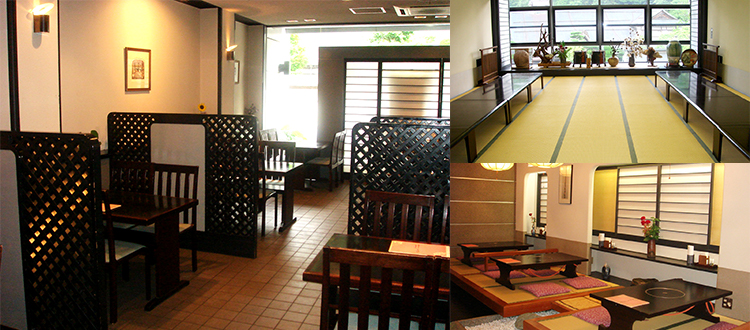
The Best Hospitality with Great Care
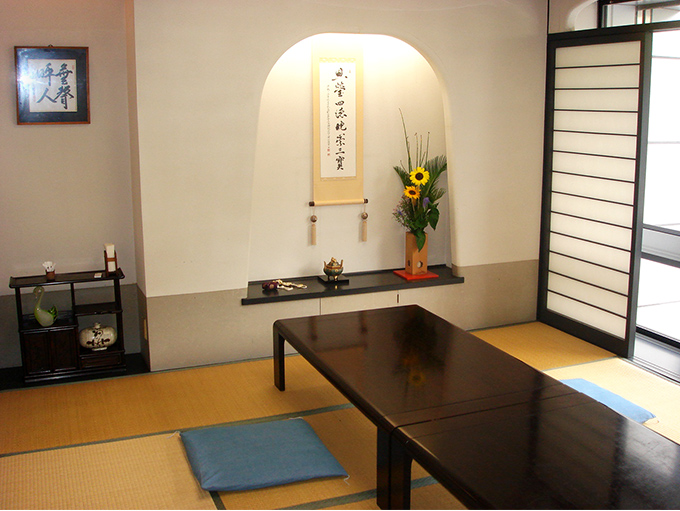
Our restaurant has been serving the Koyasan cuisine since our foundation in the early days of the Meiji era. We are proud to have served to the Japanese Emperor and Empress twice. Enjoy our Koyasan cuisine of health and longevity.
Traditional Dishes with
the Richness of Nature
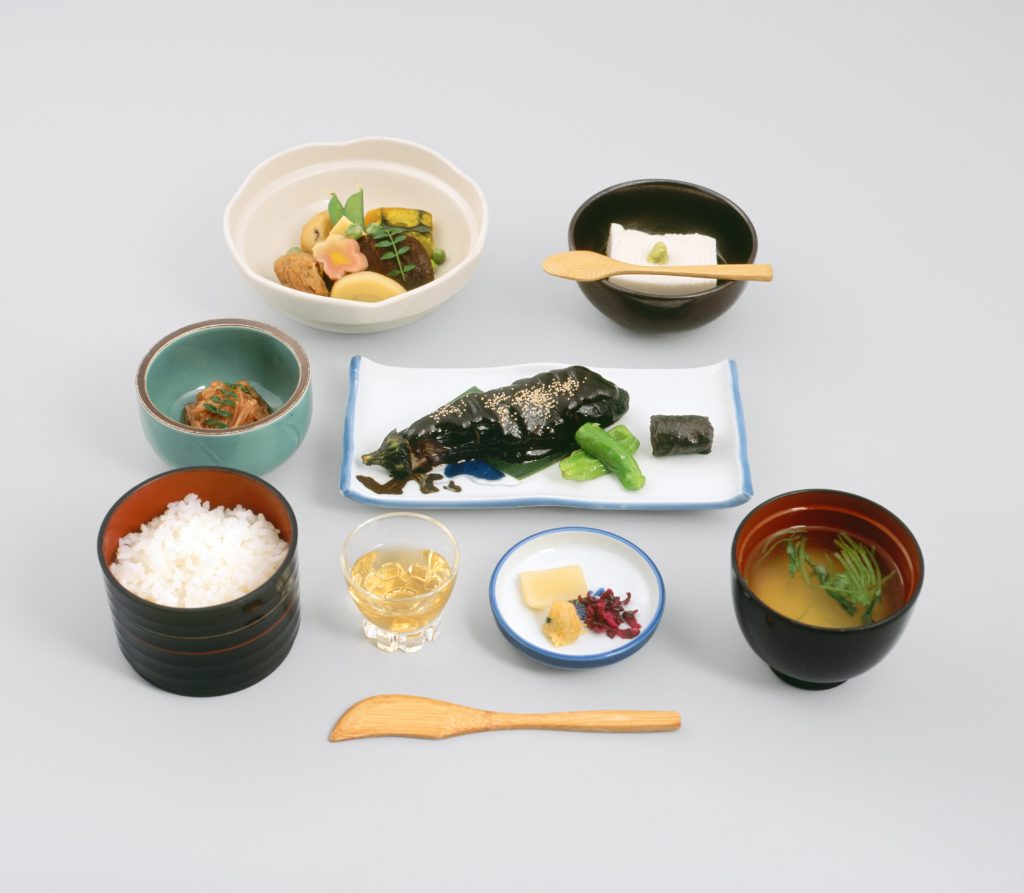
Since Buddhism came from China in the 6th century, special vegetarian cuisines were born. After many years now known as the Shojin cuisine are unique to each sect, with strict discipline added to the monks’ diet. The word “Shojin” is not simply about vegetarian dishes, but a Buddhist term that means the discipline in one’s mind, regardless of their denominations.
Koyasan is famous for its traditional Shojin cuisines. It has been handed down by generations of monks for a thousand and hundreds of years since Kobo Daishi Kukai opened Koyasan. Among the vast mountain range across Mt. Godan leading to Mt. Kumano from the outskirts of Mt. Koya, plenty of spring and autumn wild vegetables grow, which serves as main dishes in Koyasan cuisine.
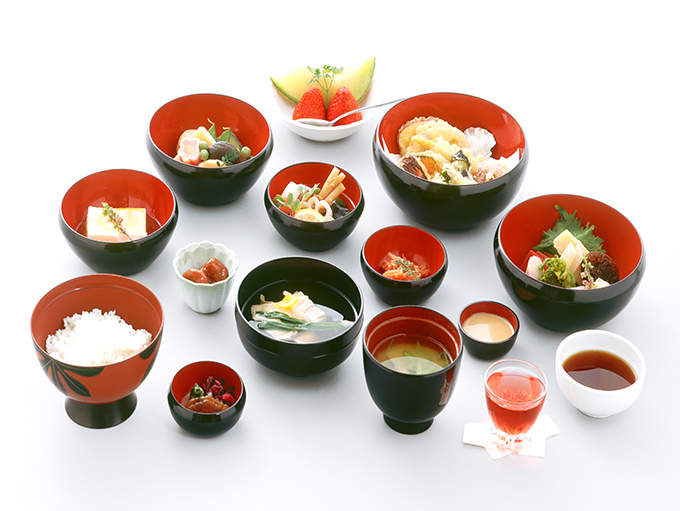
Shojin cuisine values the combination of “Gohou(五法 the five methods), Gomi(五味 the five tastes) and Goshoku(五色 the five colors)”.
The five methods of cooking are “raw”, “boiled”, “grilled”, “fried”, and “steamed”.
The five tastes are “soy sauce”, “vinegar”, “salt”, “sugar” and “spices”, and the five colors are “red”, “blue”, “black”, “yellow” and “white”.
Because we value the appearance of our dishes as well, we focus on the combination of the five colors, the seasoning of the ingredients of the five tastes, and balancing all our dishes with the five methods.
There are traditional Buddhist events that remain today, such as “Furumai”. It is a custom where people gather and share a Furumai cuisine, which is a traditional Japanese-style meal. When the meal is finished, they put all the leftovers neatly in a box. You can see a resemblance to the Cha-kaiseki that are served at tea gathering ceremonies. Since traditions are valued among Buddhists, our traditional Sho-jin and Furumai cuisine are being served even today.
Feel the taste of the seasons with traditional skills.
Cherish the richness of nature. Choice of our fine Shojin cuisine.
Please enjoy to your heart’s content along with your memories of Koyasan.
Reservations
- #For reservations on Saturdays, Sundays and holidays, we ask that you also make reservations for food. We ask for your cooperation in serving food as soon as possible in order to prevent the spread of new corona diseases.
- #A private room is also available. A 10% room charge will be added to your dining bill.
- #Please make a reservation for dishes over ¥ 6,300.
- #We will consult with you according to your budget and events.
- #Reservations for up to 40 people can be accepted.
- #For reservations ”within 3 days from today” or ”for group of 5people or more”, please contact us by Phone or Via Contact form.
Access


Address
769, Koyasan, Ito Gun Koya Cho, Wakayama Ken, 648-0211, Japan
▶︎ Google Maps
By Car
We have up to 10 parking spaces.
* Please use the train or the bus during the on-season.
▶︎ Google Maps
By Train
Nankai Koya Line (to Gokurakubashi)
“Namba Station” → “Gokurakubashi”
◎ Estimated time: About 90 minutes by limited express / 100 minutes by express
Nankai Cable
“Gokurakubashi Station” → “Koyasan Station”
◎ Estimated time: 5 minutes
From the Nearest Station
A 10-minute ride on the bus to Okunoin(奥の院) from Koyasan Station(Koyasan Cable). Our restaurant is right in front of the Senju-in-bashi(千手院橋) bus stop.
Tourist Information
Sanada-an 真田庵
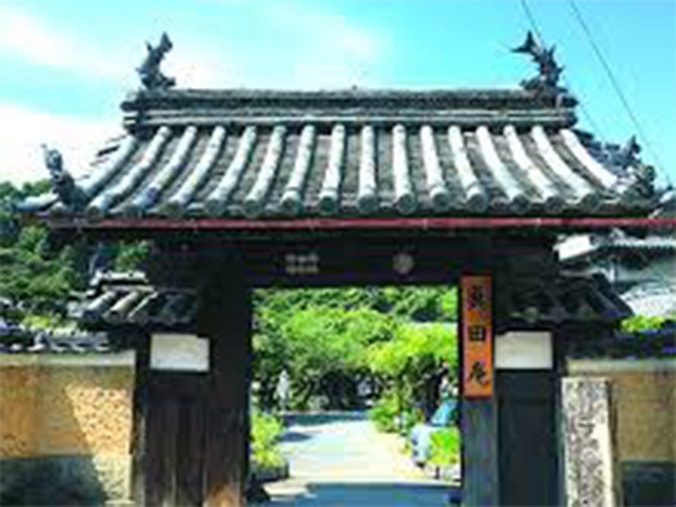

Sanada-An, also known as Zenmyosho-In, is a temple located in Kudoyama which was built after a mansion where Sanada Masayuki and Sanada Yukimura lived in as a defeated general after the war. The father and son stopped the Tokugawa Hidetada Corps of the Eastern Army in Sekigahara. The entrance fee of the storehouse museum in the precinct is 200 yen, and the opening hours are from 9am to 4pm.
Koyasan-cho Ishido 高野山町石道
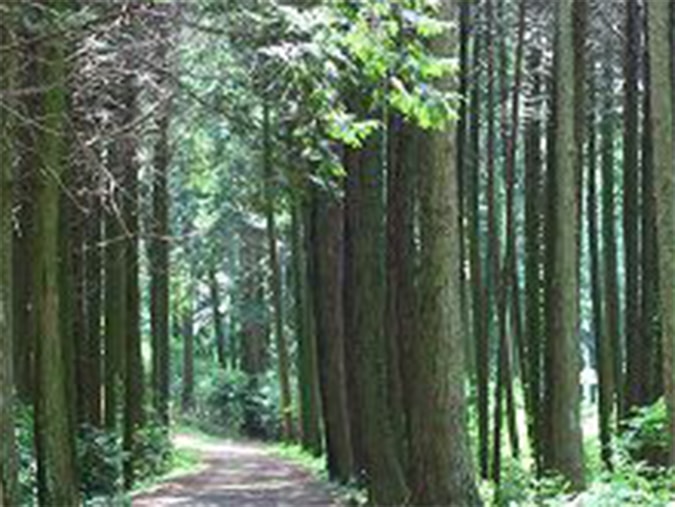

One of the seven roads leading to Koyasan is Koyasancho Ishido, a stone road. Stone pillars set up by Kukai marks every 109ms as a signpost. Starting from the Kon-pon Daitou of Kongobuji , there are 180 units along the 22km road to Jison-In, at the foot of Koyasan. The moss on the pillars tells us they have been watching over the people walking since ancient times.
Yadori Onsen Iyashi no Yu
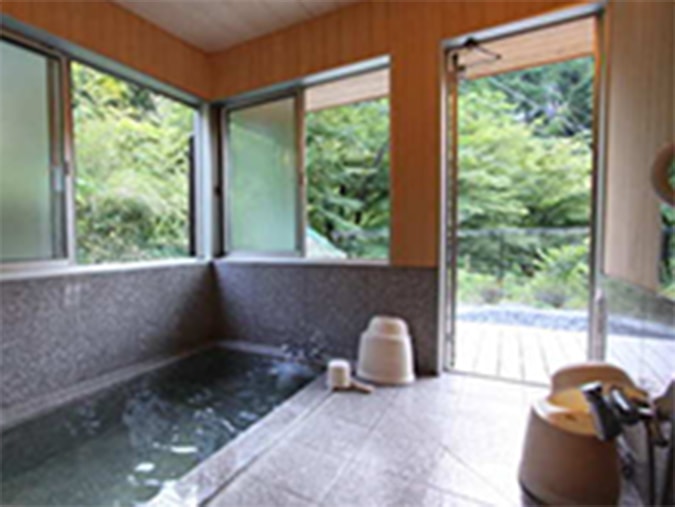

The recommended hot spring facility when sightseeing in Koyasan is “Yadori Onsen Iyashi no Yu(やどり温泉いやしの湯)”. Renovated and reopened in 2014, you can enjoy both the indoor bath and open-air bath. It may be a little crowded sometimes, but the hot water is thick and comfortable. The area around the facility is rich in nature, and there are reasonable bungalows and other accommodations available nearby .
Bunzo Falls 文蔵の滝
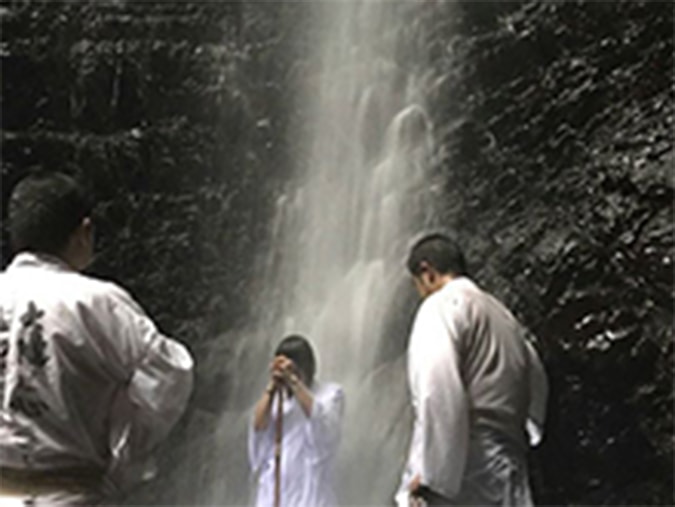

Bunzo Falls is a waterfall which is almost completely surrounded by rocks. Monks discipline themselves by sitting under the waterfall. You will find a Torii (gateway) at the end of the steep slope from the free parking lot. As you go through the Torii, you would feel the temperature suddenly drop. It has a mysterious atmosphere… the roaring sound of water bouncing on the rocks and water splashing all over inside a cave-like place. You can go down to the river and touch the water, which is very cold throughout the year.
Nosegawa Village,
Sea of Clouds 野迫川村
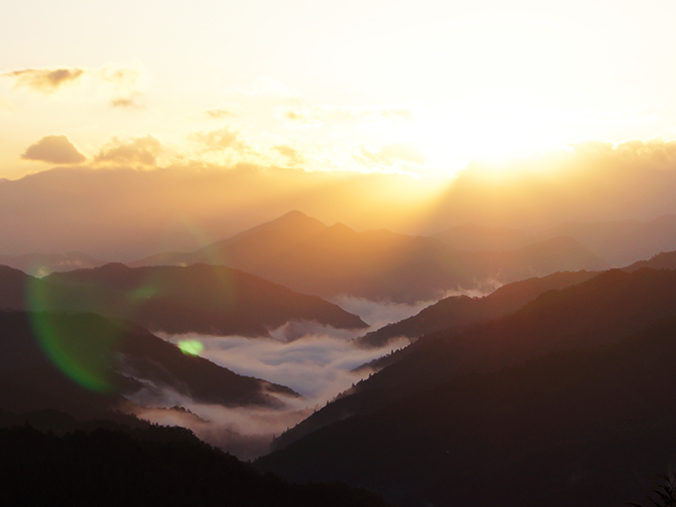
It is a spot for viewing the sea of clouds, Unkai, in Nosegawa Village. In the recent years, it has been gaining attention nationwide. Also because of its unusually easy access that allows people to drive to a point of the sea of clouds, it is also known as the barrier-free sea of clouds that even young children and seniors can easily visit. Nosegawa Village is located in the mountainous area so you may be able to see the sea of clouds throughout the year. (The most suitable season is said to be spring and autumn.)


